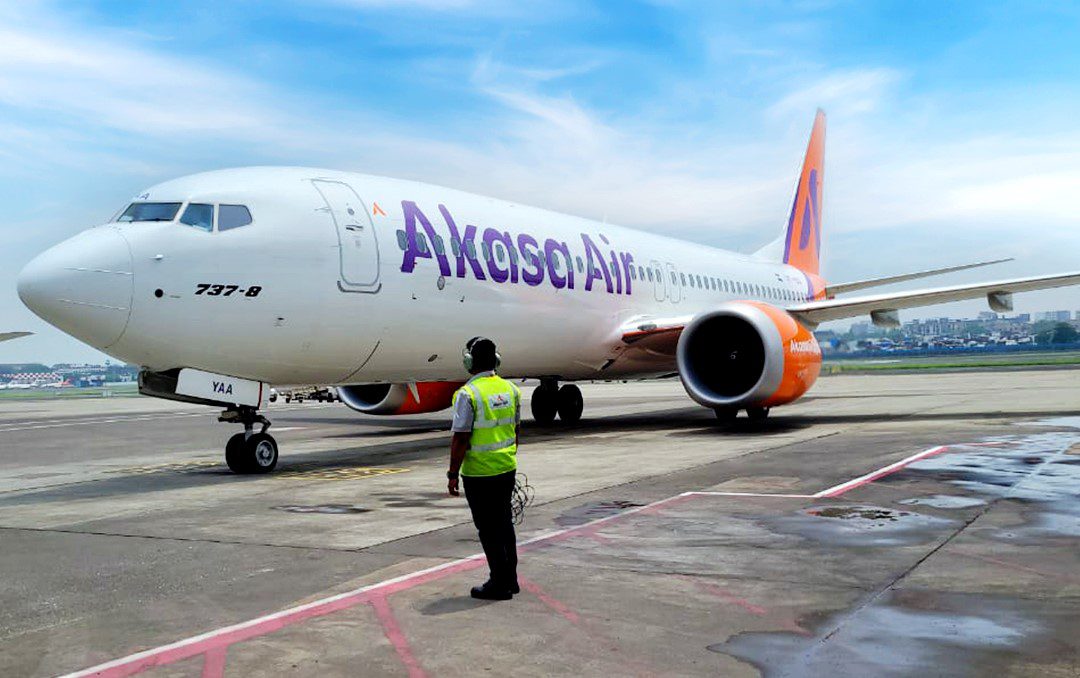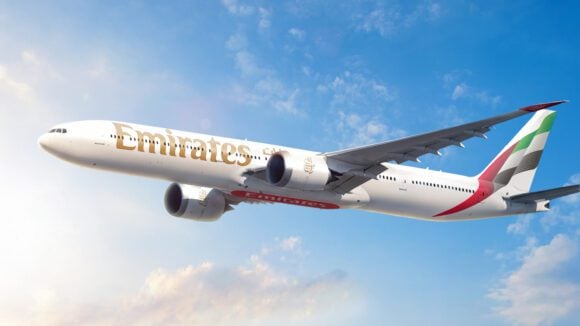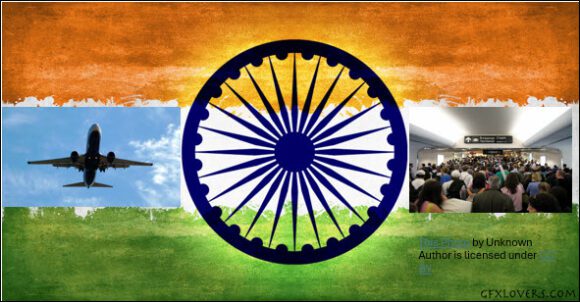
Boeing MAX 8 Akasa Air
India’s youngest airline, Akasa Air, turned three this month with a 30-aircraft fleet and an ambitious plan to expand by 30% annually until 2032.
Launched in the depths of the pandemic—when COVID-19 had grounded fleets worldwide—Akasa was a contrarian bet on aviation’s recovery.
For founder Vinay Dube, who began his career at American Airlines before stints at Sabre Inc., Delta Air Lines, and a turbulent final chapter at Jet Airways (which collapsed in 2019, two years after he took over), this is a moment of vindication.
“We have grown quickly, yes,” Dube wrote in an email to staff on 7th August, which was reviewed by AirInsight. “But more importantly, we have grown responsibly, resiliently and with purpose.”
In just three years, Akasa has captured over 5% of India’s domestic market, operating 150 daily flights to 23 cities and serving five international destinations. Its workforce of more than 4,000 powers the operation.
Boeing Delays, Boeing Rebound
While Dube may have acknowledged that the airline has grown fast, it was meant to grow even faster. The delays from Boeing last year, when Akasa added only around three planes, were a major disappointment. This took away some of the internal applause Boeing had earned for offering Akasa a great aircraft deal to get off the ground and for quickly diverting many “white tails” for it to rise.
All this of course came in the backdrop as Boeing’s oldest private customer, Jet Airways, had gone under, and SpiceJet was shrinking and halting deliveries from its order.
In an India dominated by Airbus—the world’s third-largest and fastest-growing aviation market—these setbacks clearly rattled those sitting in Seattle and Chicago.
However, with three planes added to its fleet in the past four months and another Boeing 737 MAX on the way, the situation has improved—and so has the mood.
“Our relationship with Boeing continues to be strong and collaborative,” Dube added in his note. “The manufacturer is steadily returning to its historical production strength, and we remain in close and constant dialogue with them. We are confident of receiving our planned deliveries in time this year, which will support our ambitious expansion plans.”
Pushing International Growth
This will allow Akasa to push further into the international market within the six-hour flight radius where the MAX aircraft can operate.
Its international available seat kilometers (ASKs) are set to rise from 18% to 40% over the next few years, with a “meaningful increase” expected within the next year, as Dube put it.
Indian airlines typically maximize aircraft utilization by flying busy domestic routes during the day and then deploying the planes on more lucrative international sectors—such as Dubai, Bangkok, Singapore, Phuket, and Abu Dhabi—at night.
To support its growth, Akasa will soon build its first hangar for in-house maintenance checks, improving turnaround times and cost efficiency, Dube announced in the same mail.
Timing the Market
With 226 aircraft on order through 2032, no lease returns planned, and two brand-new airports set to open later this year on the outskirts of Delhi and Mumbai, Akasa is well positioned to carve out space for itself as competition with IndiGo and Air India heats up.
In hindsight, given the severe slot constraints at Delhi and Mumbai airports, even the Boeing delivery delays to Akasa may have turned out to be a blessing in disguise.
Views: 241



